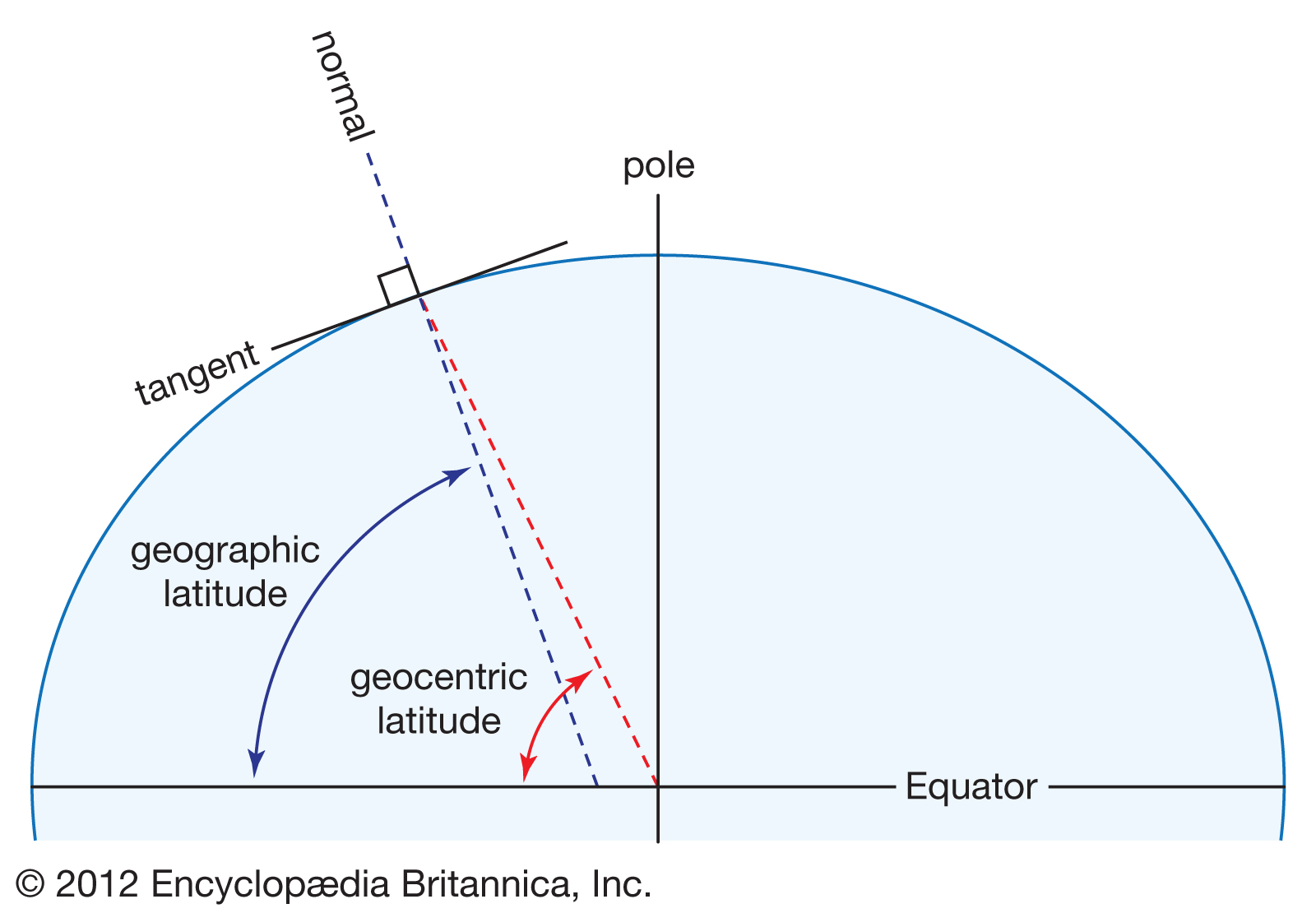- Home
- Getting Started
- Documentation
- Release Notes
- Tour the Interface
- Tour the Layers
- JMARS Video Tutorials
- Lat/Lon Grid Layer
- Map Scalebar
- Nomenclature
- Crater Counting
- 3D
- Shape Layer
- Mosaics
- Map
- Advanced/Custom Maps
- Graphic/Numeric Maps
- Custom Map Sharing
- Stamp
- THEMIS
- MOC
- Viking
- CRISM Stamp Layer
- CTX
- HiRise
- HiRISE Anaglyph
- HiRISE DTM
- HRSC
- OMEGA
- Region of Interest
- TES
- THEMIS Planning
- Investigate Layer
- Landing Site Layer
- Tutorials
- Video Tutorials
- Displaying the Main View in 3D
- Finding THEMIS Observation Opportunities
- Submitting a THEMIS Region of Interest
- Loading a Custom Map
- Viewing TES Data in JMARS
- Using the Shape Layer
- Shape Layer: Intersect, Merge, and Subtract polygons from each other
- Shape Layer: Ellipse Drawing
- Shape Layer: Selecting a non-default column for circle-radius
- Shape Layer: Selecting a non-default column for fill-color
- Shape Layer: Add a Map Sampling Column
- Shape Layer: Adding a new color column based on the values of a radius column
- Shape Layer: Using Expressions
- Using JMARS for MSIP
- Introduction to SHARAD Radargrams
- Creating Numeric Maps
- Proxy/Firewall
- JMARS Shortcut Keys
- JMARS Data Submission
- FAQ
- Open Source
- References
- Social Media
- Podcasts/Demos
- Download JMARS
JMARS ›
Ocentric vs Ographic latitudes
Latitude and longitude points are used to specify a location on the surface of a planetary body. The latitude measurements can differ when using a sphere (geocentric) or an ellipsoid (geodetic) model. Geocentric latitudes are calculated using the angle that is created from the center of the earth and the equatorial plane to the perspective point. Geodetic latitudes are calculated by using the angle created from the equatorial plane and a perpendicular line of the perspective point. While Earth datums can use a geocentric spheroid model, Earth datums more commonly use the geodetic latitudes in an ellipsoid model.


For more information:
Image one is from Encyclopaedia Britannica, Inc, https://www.britannica.com/science/latitude
Image two is from Proj, https://proj.org/operations/conversions/geoc.html



